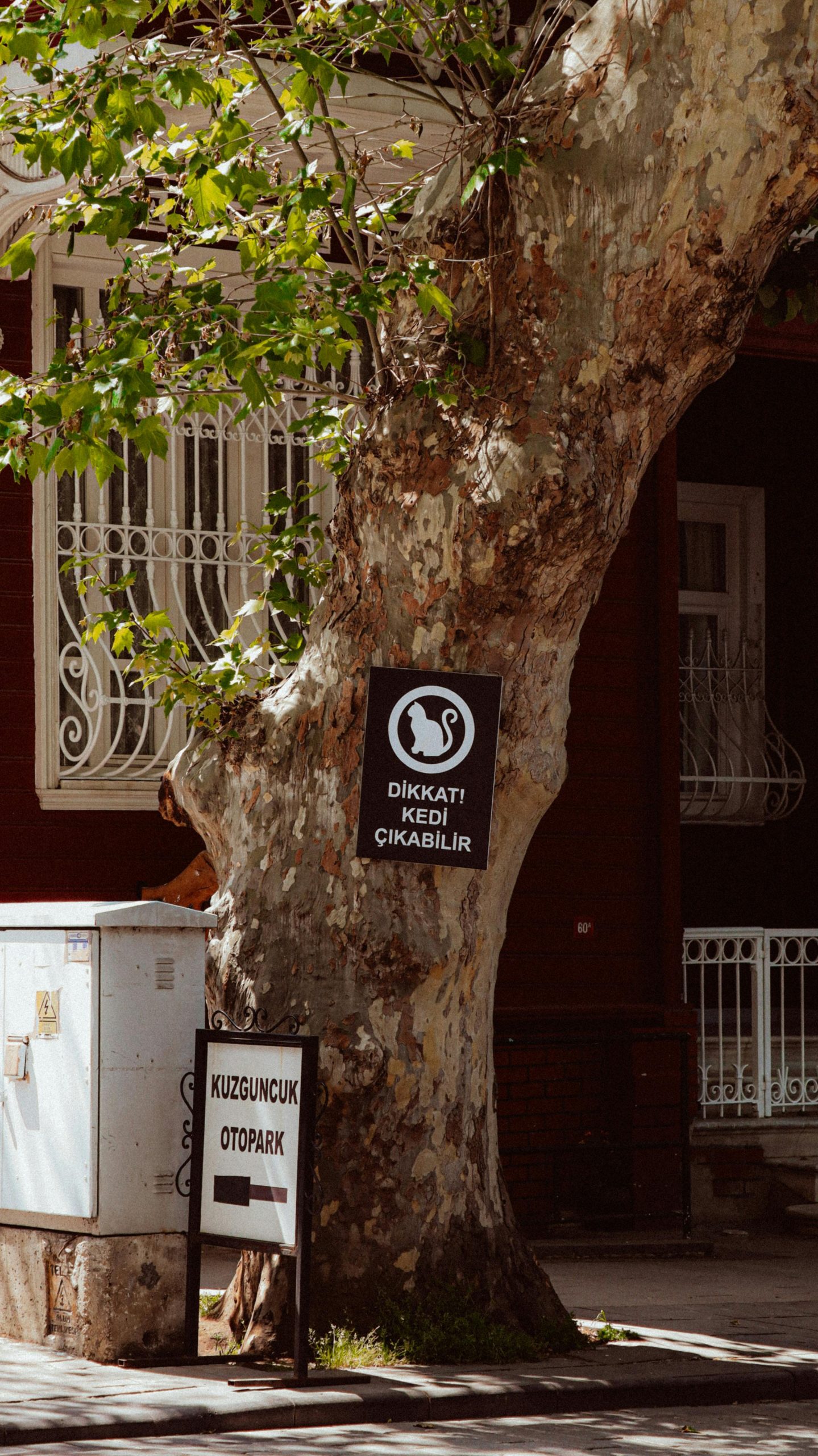Life is full of unexpected twists—job loss, medical emergencies, car repairs, or even a sudden home repair can throw your finances into chaos. Without a safety net, these surprises can lead to debt, stress, and long-term financial instability. That’s where an emergency fund comes in. This essential financial cushion provides peace of mind and keeps you afloat during tough times. In this guide, we’ll explore why an emergency fund is crucial and provide a step-by-step plan to build one.
What Is an Emergency Fund and Why Do You Need One?
An emergency fund is a dedicated savings account reserved for unexpected expenses or financial emergencies. Unlike regular savings, this money isn’t for vacations, shopping, or investments—it’s strictly for crises that could otherwise derail your financial stability.
Key Reasons an Emergency Fund Matters
- Avoids Debt: Without savings, many people rely on credit cards or loans, leading to high-interest debt.
- Reduces Stress: Financial uncertainty is a major source of anxiety. Knowing you have a backup plan brings peace of mind.
- Protects Long-Term Goals: Emergencies can force you to dip into retirement or education funds, derailing your future plans.
- Provides Flexibility: Whether it’s a job loss or a sudden move, an emergency fund gives you options.
How Much Should You Save in Your Emergency Fund?
The size of your emergency fund depends on your lifestyle, expenses, and financial obligations. A common rule of thumb is to save 3 to 6 months’ worth of living expenses. However, your ideal amount may vary.
Factors to Consider
- Income Stability: Freelancers or gig workers may need a larger cushion (6-12 months).
- Family Size: More dependents mean higher potential expenses.
- Existing Debt: If you have high monthly payments, a larger fund can prevent missed payments.
- Health Considerations: Chronic conditions or lack of insurance may require extra savings.
Start small if needed—even $500 can cover minor emergencies—and gradually build toward your target.
Step-by-Step Guide to Building Your Emergency Fund
Creating an emergency fund may seem daunting, but with a structured approach, it’s entirely achievable. Follow these steps to get started.
1. Set a Clear Savings Goal
Calculate your monthly essential expenses (rent, utilities, groceries, debt payments) and multiply by the number of months you want to cover (e.g., 3 or 6). This is your target.
2. Open a Separate Savings Account
Keep your emergency fund in a high-yield savings account—separate from your checking account—to avoid temptation and earn interest.
3. Automate Your Savings
Set up automatic transfers from your paycheck or checking account. Even small, consistent contributions (e.g., $50 per week) add up over time.
4. Cut Unnecessary Expenses
Review your budget for non-essentials (subscriptions, dining out) and redirect those funds to your emergency savings.
5. Boost Income with Side Hustles
Consider freelance work, selling unused items, or gig economy jobs to accelerate your savings.
6. Use Windfalls Wisely
Tax refunds, bonuses, or cash gifts can give your emergency fund a significant boost.
Where to Keep Your Emergency Fund
Accessibility and safety are key. Your emergency fund should be:
- Liquid: Easily accessible without penalties (avoid long-term CDs or investments).
- Low-Risk: Protect your principal—no stock market volatility.
- Interest-Bearing: A high-yield savings or money market account helps your money grow modestly.
Online banks often offer better interest rates than traditional brick-and-mortar institutions.
Common Mistakes to Avoid
Building an emergency fund requires discipline. Steer clear of these pitfalls:
- Using It for Non-Emergencies: A vacation or new gadget isn’t an emergency—stick to the plan.
- Not Replenishing After Use: If you dip into the fund, prioritize rebuilding it.
- Keeping It Too Accessible: A separate account reduces impulsive spending.
- Ignoring Inflation: Reassess your target amount yearly as living costs rise.
Conclusion
An emergency fund isn’t just a financial tool—it’s a lifeline. By preparing for the unexpected, you protect yourself from debt, stress, and setbacks that could derail your financial future. Start small, stay consistent, and prioritize this safety net. Whether you’re saving your first $500 or building a six-month cushion, every step brings you closer to true financial security. Your future self will thank you.
